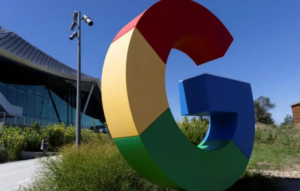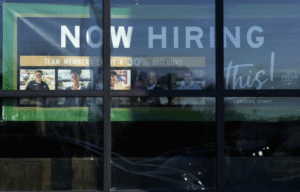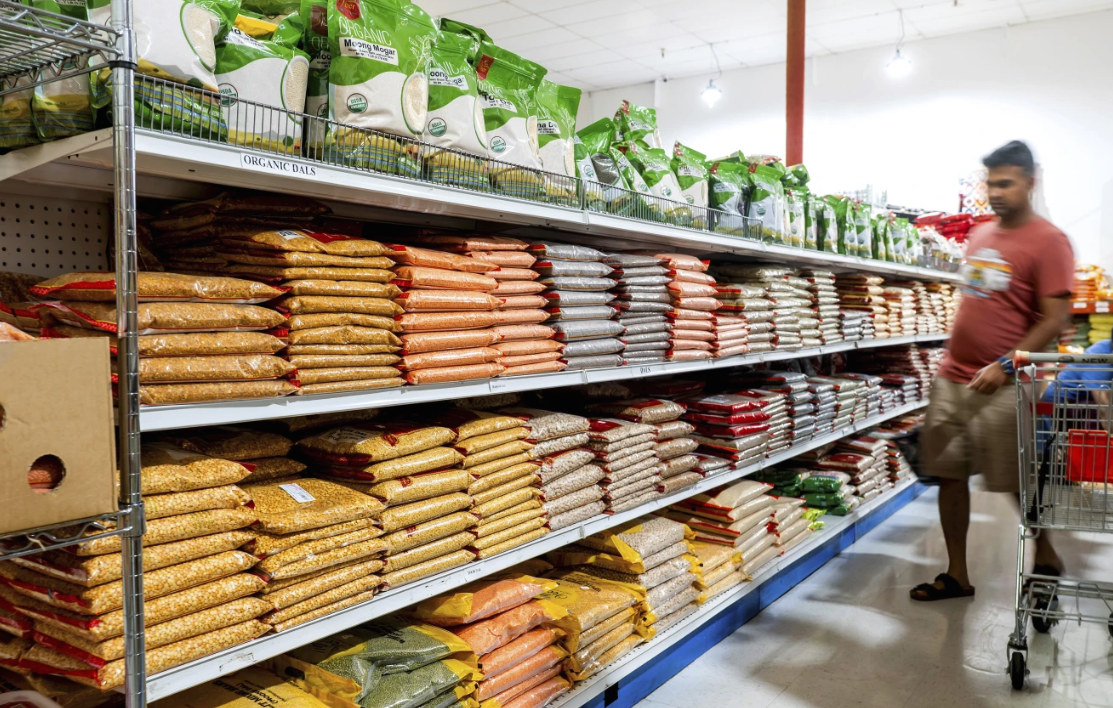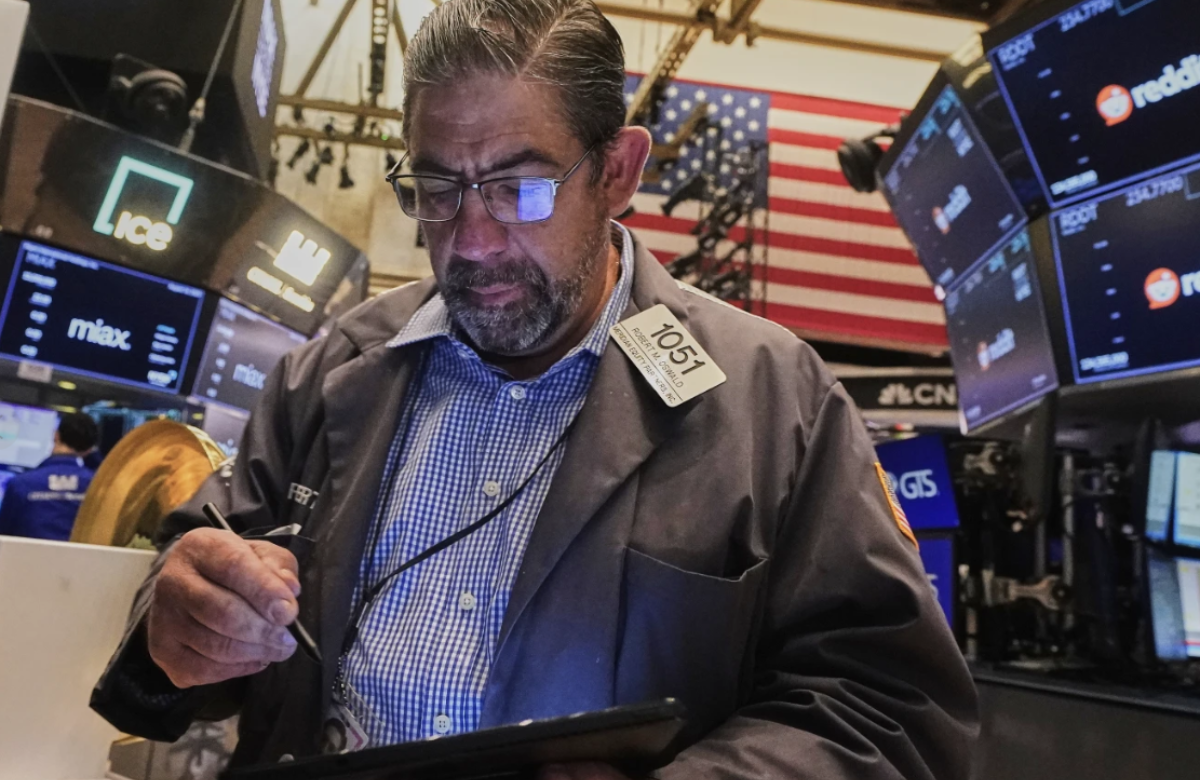Lego has opened a $1 billion factory in Vietnam, aiming to produce toys using only clean energy, with a goal to avoid contributing to planet-warming emissions. Located in the industrial area of Binh Duong, near Ho Chi Minh City, this new facility is set to run entirely on clean energy by 2026. It is Lego’s sixth global factory and second in Asia, focusing on producing colorful Lego bricks for the growing Southeast Asian market.
Lego CEO Niels Christiansen emphasized the importance of leaving a sustainable planet for future generations. This new factory is crucial in helping Lego meet its long-term goal of reducing greenhouse gas emissions to zero by 2050, with an intermediate target of a 37% reduction by 2032. Although Lego’s bricks are traditionally made from oil-based plastic, the company has invested over $1.2 billion to find more sustainable alternatives, despite facing challenges in this area.
Vietnam also aims to achieve net-zero emissions by 2050, and the Lego plant’s 12,400 solar panels and energy storage system could set an example for more sustainable manufacturing in the region. The factory’s location within the regions it serves has also helped Lego avoid tariffs imposed by U.S. President Donald Trump.
The factory, spanning the size of 62 soccer fields, operates highly automated systems with robots to produce Lego bricks with precise measurements. While the factory will employ thousands of skilled workers, it already employs some trained in Lego’s China-based factory.
Manufacturing accounts for a significant portion of Vietnam’s GDP, and the country is working on phasing out coal plants by 2040. Lego’s factory showcases how large-scale, energy-intensive manufacturing can be made more sustainable and profitable, according to Mimi Vu, a consultancy founder in Ho Chi Minh City.
The Lego factory benefits from a 2024 rule allowing companies to directly purchase clean energy from solar and wind power producers. Stored electricity will provide most of the factory’s energy needs, with the remaining 10%-20% covered through other clean energy agreements.
Lego also plans to open a distribution center in Dong Nai province to serve markets in Australia and Asia. The factory’s buildings meet high energy efficiency standards, and Lego has planted 50,000 trees—twice as many as it removed to build the facility. Additionally, Lego has replaced single-use plastic bags with paper bags for packaging.
Lego’s founder, Ole Kirk Kristiansen, started the company as a wooden toy maker before patenting the iconic plastic bricks in 1958. The company is still working on ways to make its bricks more environmentally friendly. Christiansen noted that while Lego bricks are designed to last decades and can be reused, the ultimate goal is to produce them from more renewable materials. Currently, a third of the materials used in Lego bricks are from renewable and recycled sources, although this is more expensive than fossil fuel-based plastics. Christiansen believes that investing in renewable materials will help create a more sustainable supply chain for future production.














